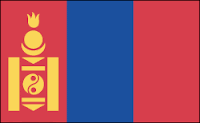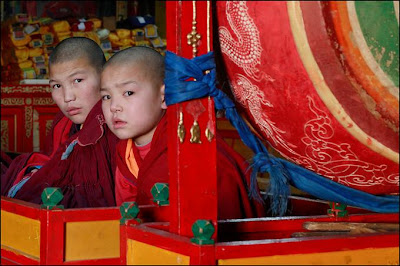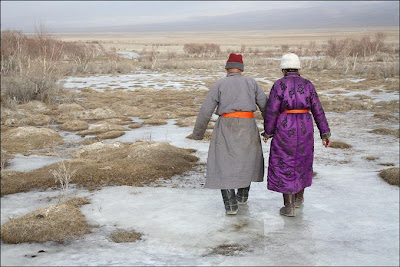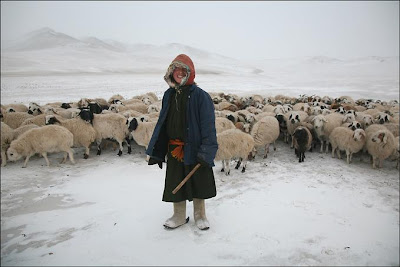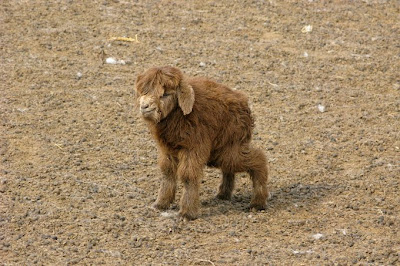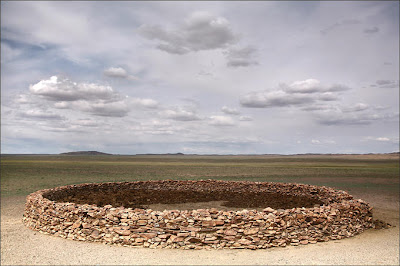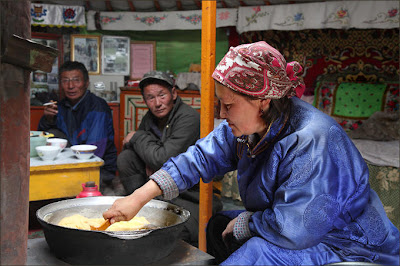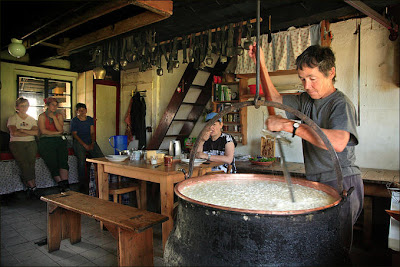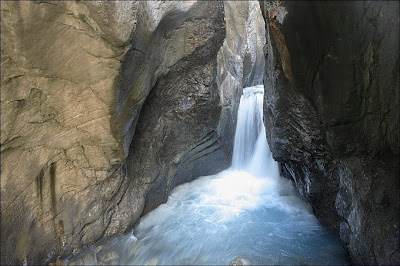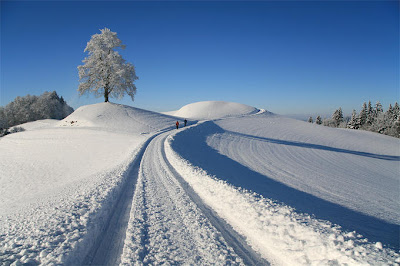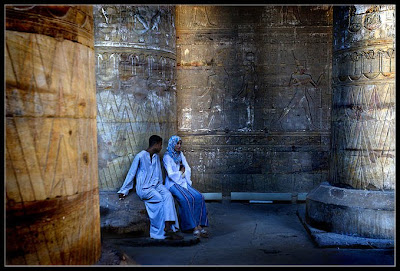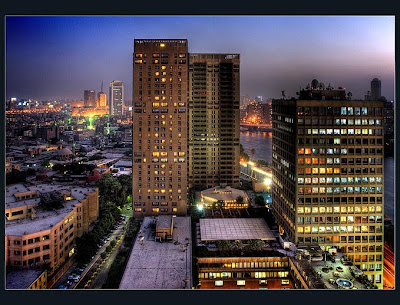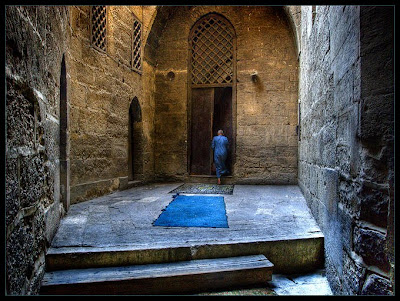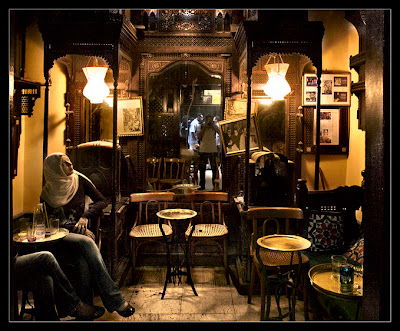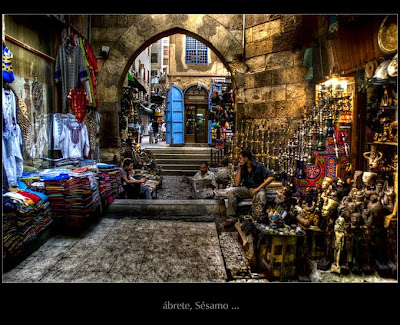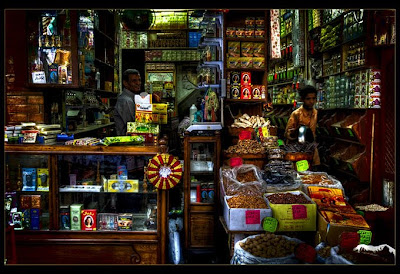
In 1816, the United Provinces of the Rio Plata declared their independence from Spain. After Bolivia, Paraguay, and Uruguay went their separate ways, the area that remained became Argentina. The country's population and culture were heavily shaped by immigrants from throughout Europe, but most particularly Italy and Spain, which provided the largest percentage of newcomers from 1860 to 1930. Up until about the mid-20th century, much of Argentina's history was dominated by periods of internal political conflict between Federalists and Unitarians and between civilian and military factions. After World War II, an era of Peronist populism and direct and indirect military interference in subsequent governments was followed by a military junta that took power in 1976. Democracy returned in 1983 after a failed bid to seize the Falkland (Malvinas) Islands by force, and has persisted despite numerous challenges, the most formidable of which was a severe economic crisis in 2001-02 that led to violent public protests and the resignation of several interim presidents.



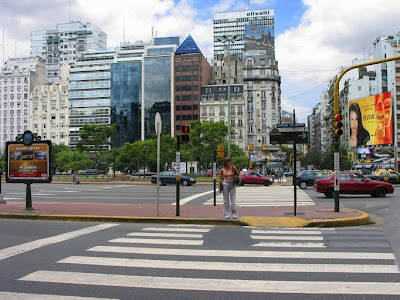
Second in South America only to Brazil in size and population, Argentina is a plain, rising from the Atlantic to the Chilean border and the towering Andes peaks. Aconcagua (22,834 ft, 6,960 m) is the highest peak in the world outside Asia. Argentina is also bordered by Bolivia and Paraguay on the north, and by Uruguay and Brazil on the east. The northern area is the swampy and partly wooded Gran Chaco, bordering Bolivia and Paraguay. South of that are the rolling, fertile Pampas, which are rich in agriculture and sheep- and cattle-grazing and support most of the population. Further south is Patagonia, a region of cool, arid steppes with some wooded and fertile sections.



First explored in 1516 by Juan Diaz de Solis, Argentina developed slowly under Spanish colonial rule. Buenos Aires was settled in 1580; the cattle industry was thriving as early as 1600. Invading British forces were expelled in 1806—1807, and after Napoleon conquered Spain (1808), the Argentinians set up their own government in 1810. On July 9, 1816, independence was formally declared.


As it had in World War I, Argentina proclaimed neutrality at the outbreak of World War II, but in the closing phase declared war on the Axis powers on March 27, 1945. Juan D. Peron, an army colonel, emerged as the strongman of the postwar era, winning the presidential elections of 1946 and 1951. Peron's political strength was reinforced by his second wife—Eva Duarte de Peron (Evita)—and her popularity with the working classes. Although she never held a government post, Evita acted as de facto minister of health and labor, establishing a national charitable organization, and awarding generous wage increases to the unions, who responded with political support for Perpn. Opposition to Peron's increasing authoritarianism led to a coup by the armed forces, which sent Peron into exile in 1955, three years after Evita's death. Argentina entered a long period of military dictatorships with brief intervals of constitutional government.
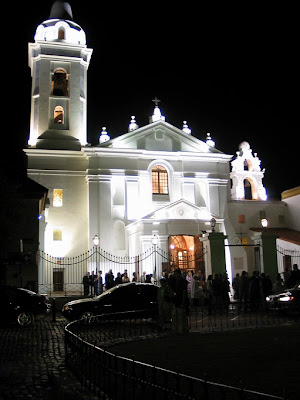
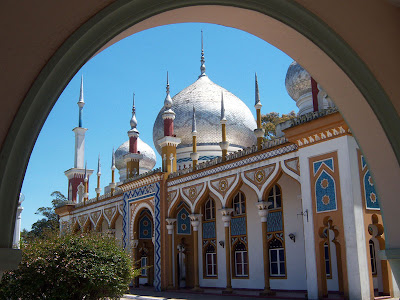
The former dictator returned to power in 1973 and his third wife, Isabel Martinez de Peron, was elected vice president. After her husband's death in 1974, Peron became the hemisphere's first woman chief of state, assuming control of a nation teetering on economic and political collapse. In 1975, terrorist acts by left- and right-wing groups killed some 700 people. The cost of living rose 355%, and strikes and demonstrations were constant. On March 24, 1976, a military junta led by army commander Lt. Gen. Jorge Rafael Videla seized power and imposed martial law.



Most Argentines are of European origin, especially Spanish and Italian. Substantial numbers also came from France, Poland, Russia and Germany. The Jewish community is the seventh largest in the world outside Israel. There are also more than 1 million people of Arab descent. Around 1% of the population are indigenous people living mainly in the north and west.Language: The official language is Spanish.Religion(s): Roman Catholic (90%); Protestant (2%); others include Judaism and Islam.




Profile
Full country name: Argentine Republic
Area: 1.08 million sq miles (second largest country in South America after Brazil)
Population: 36.2 million (2001 official figures), 1.5 million currently overseas
Life expectancy: 70 years (male); 77.5 years (female)
Capital city: Buenos Aires (population 3.04 million; approx. 12 million live in the greater Buenos Aires metropolitan area)
Currency: Peso
